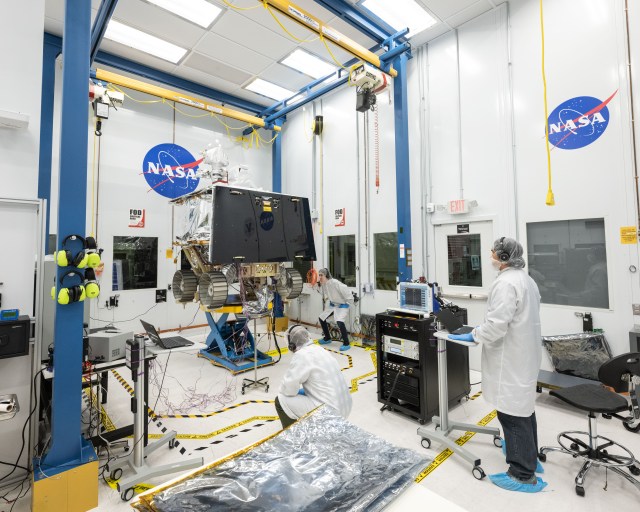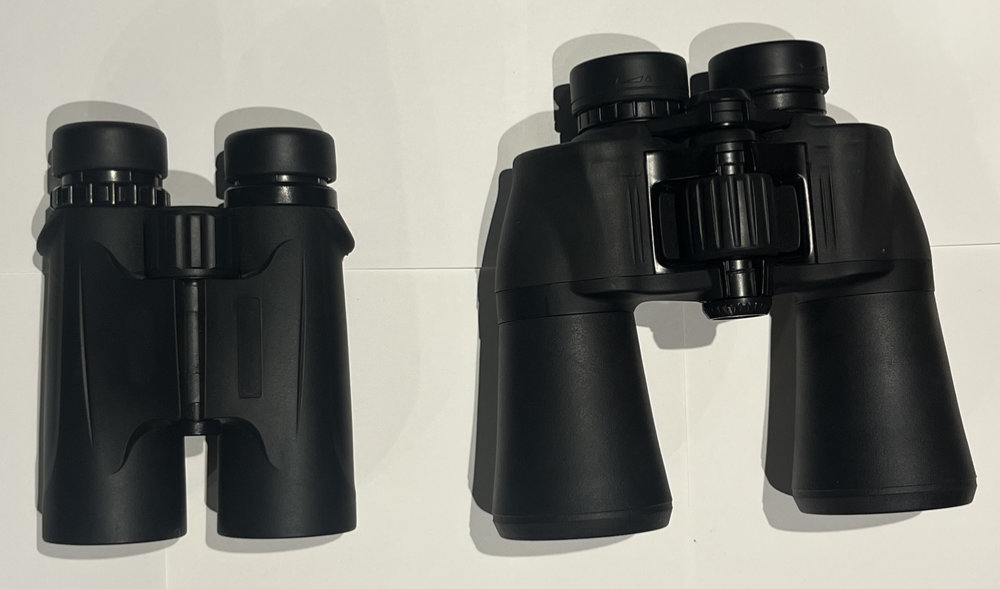In This Week’s Star
- A New Signal for a Neutron Star Collision Discovered
- NASA’s Psyche Mission Inspires Florida State University Engineering Students
- Rocket Science in 60 Seconds: What Is the Engine Section?
- Former NASA Acting Administrator Robert Lightfoot Kicks Off Marshall Mentoring Event
- Talladega Superspeedway: 3D Printing Speed
- 317 Runners and Walkers Launch at the 2019 Saturn V-K
- Audio of First Likely ‘Quake’ on Mars Highlighted on ‘This Week @NASA’
- This Week in NASA History: Assembly of S-IU-200F/500F Completed – April 29, 1965
A New Signal for a Neutron Star Collision Discovered
A bright burst of X-rays has been discovered by NASA’s Chandra X-ray Observatory in a galaxy 6.6 billion light years from Earth. This event likely signaled the merger of two neutron stars and could give astronomers fresh insight into how neutron stars – dense stellar objects packed mainly with neutrons – are built. Read more about NASA’s Chandra X-ray Observatory. (Image Credit: X-ray: NASA/CXC/Uni. of Science and Technology of China/Y. Xue et al; Optical: NASA/STScI)
NASA’s Psyche Mission Inspires Florida State University Engineering Students

As part of a senior project related to NASA’s Psyche mission, a team of students from Florida A&M University-Florida State University College of Engineering in Tallahassee, visiting NASA Marshall Space Flight Center’s Propulsion Research and Development Laboratory on April 10, test their own version of Psyche’s xenon flow controller, a key component of the spacecraft’s solar-electric propulsion system. Team members are, from left, Eric Smith, Zachary Barnes and James Quattrocchi. Psyche is part of the Discovery Program, managed by Marshall. (NASA/Emmett Given)
Rocket Science in 60 Seconds: What Is the Engine Section?
Rocket Science in 60 Seconds gives you an inside look at work being done at NASA to explore deep space. Jason Grow is a Boeing propulsion engineer for NASA’s Space Launch System core stage at NASA’s Michoud Assembly Facility. In this episode, he explains what the core stage’s engine section is and why it’s one of the most complicated parts of the entire rocket. For more information about SLS, visit here.
Former NASA Acting Administrator Robert Lightfoot Kicks Off Marshall Mentoring Event

Robert Lightfoot, president of LSINC Corp. of Huntsville, former director of Marshall Space Flight Center and a former NASA acting administrator, serves as keynote speaker at Marshall’s “Up is Not the Only Way” mentoring event April 17. Lightfoot highlighted the benefits of lateral moves for career development. The event also featured group mentoring and networking sessions. The mentoring sessions were led by Sam Ortega, manager of the Partnerships and Formulations Office; Roger Kitchen Jr., mentoring program manager; Chris Rosson, branch chief manager in the Human Exploration Development and Operations Office; Jose Matienzo, NASA Marshall Exchange manager; and Monsi Roman, Centennial Challenges Program manager. Interactive programs like these support Marshall employee development plans while creating a visible, informal, mentoring program. (NASA/Fred Deaton)
Talladega Superspeedway: 3D Printing Speed

NASA Marshall Space Flight Center Chief Technologist John Dankanich, right, talks with race fans at Talladega Superspeedway April 28 about how NASA uses additive manufacturing. Members of the Marshall team, along with representatives from Oak Ridge National Laboratory’s Energy and Environmental Sciences Directorate, shared how technology investments drive exploration, are used in auto racing and improve life on Earth. During race weekend, the track hosts stock car races from the Automobile Racing Club of America Menard’s Series, NASCAR Xfinity Series and the Monster Energy NASCAR Cup Series. (NASA/Will Bryan)
317 Runners and Walkers Launch at the 2019 Saturn V-K

Celebrating the 50th anniversary of four Apollo missions, 317 runners and walkers participated in the 2019 Saturn V-K hosted by the NASA Marshall Space Flight Center Running Club on April 24. The club’s annual 5-kilometer run and walk was won by Marshall’s Josh Whitehead, foreground, wearing number 359. Whitehead, a multiple time winner of the event, ran the course in 15 minutes, 56 seconds. The female winner, Erin Villanueva, completed the course in 22 minutes, 32 seconds. Among the participants were 27 graduates of Marshall’s Couch to 5K program – a free, nine-week program that trains new and returning runners to complete a 5-kilometer race. Links to results and photos from the event can be found here. (NASA/Fred Deaton)
Audio of First Likely ‘Quake’ on Mars Highlighted on ‘This Week @NASA’
The audio of the first likely “marsquake” is highlighted in “This Week @NASA,” a weekly video program broadcast nationwide on NASA-TV and posted online.
The SEIS – Seismic Experiment for Interior Structure – instrument on NASA’s Mars InSight lander has measured and recorded for the first time ever a likely “marsquake.” The faint seismic signal, recorded April 6, is the first recorded trembling that appears to have come from inside the planet, as opposed to being caused by wind and other forces above the surface. Scientists still are examining the data to determine the exact cause of the signal. The InSight mission is studying the deep interior of Mars to learn more about how it and other rocky worlds, including Earth and the Moon, formed.
NASA Marshall Space Flight Center’s Renee Weber is a co-investigator on SEIS. InSight is a project of the Science Mission Directorate’s Discovery Program, managed by Marshall.
View this and previous episodes at “This Week @NASA” on NASA’s YouTube page.
This Week in NASA History: Assembly of S-IU-200F/500F Completed – April 29, 1965

This week in 1965, assembly of S-IU-200F/500F, the Facilities Checkout/ Dynamic Test version of the Saturn V Instrument Unit, was completed. Designed by NASA’s Marshall Space Flight Center and built by International Business Machines, the Instrument Unit served as the nerve center for the Saturn V, providing guidance and control, command and sequence of vehicle functions, telemetry and environmental control. Here, engineers conduct a system test on the Instrument Unit at IBM in Huntsville. Now through December 2022, NASA will mark the 50th anniversary of the Apollo Program that landed a dozen astronauts on the Moon between July 1969 and December 1972, and the first U.S. crewed mission – Apollo 8 – that circumnavigated the Moon in December 1968. The NASA History Program is responsible for generating, disseminating and preserving NASA’s remarkable history and providing a comprehensive understanding of the institutional, cultural, social, political, economic, technological and scientific aspects of NASA’s activities in aeronautics and space. For more pictures like this one and to connect to NASA’s history, visit the Marshall History Program’s webpage. (NASA)


























